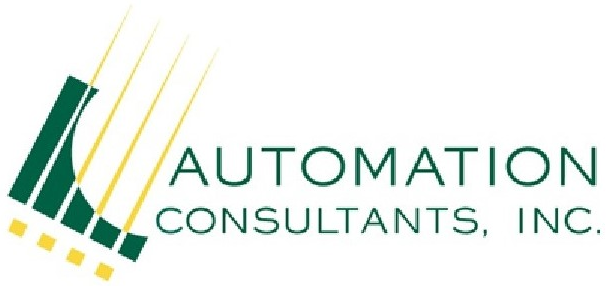A Balanced, Integrative Approach to Risk Management
There are many risks in business. Here are some missteps you may recognize:
- Solving the wrong problem — to a hammer, everything looks like a nail
- Failing to secure consensus, causing discontent and paralysis
- Under-budgeting, over-selling
- Over-planning, under-planning
- Concentrating on costs and efficiency while neglecting revenue expansion
- Paying for ineffective tools and people
- Not considering the costs of lost opportunity
- Not understanding when the risks of not changing are greater than the risks of change
To manage risk, Automation Consultants employs a unique methodology: Objective-Oriented Improvement™ (OOI™), which mitigates risk while reinforcing the three most powerful aspects of business:
- Vision and Planning
- Staffing and Management
- Information
As Computing Professionals we pledge to help our clients at any level we can while aspiring to create enterprise-wide information systems that integrate manual processes with CRM, ERP, Analytics, and office productivity software through OOI™.
Here are some highlights in the process:
- Defining Objectives – To be cost-effective and prudently manage risk we must ensure that the “ends” justify the “means”. This means that we must first understand these “ends”, which we call objectives. Objectives normally start with success, profitability, efficiency, and stability, but can include more qualitative elements like respect, influence, gratification, and contentment. For example, the first objective of Automation Consultants is to improve the business lives of our clients.
- Planning and Implementation – Once objectives are discovered and documented, they can be translated into achievable goals. The next step is to create strategies and assign tasks to meet these goals. After due consideration and adjustment, this structure is adopted as a plan and executed under project management discipline.
- Continuous Improvement – Improvement relies on feedback from analytics, information of high quality, and talented people with open attitudes toward ideas and mistakes. We stress the establishment of objectives and metrics before any changes or adjustments are made.
- Reliable Technical and Strategic Support – Methodology, objectives, planning, and operational systems all depend on people, workflows, computers, and software. We have deep resources to help ensure that technical and management problems do not compromise our well-planned efforts. We are comfortable with technicalities down to the code and bit levels. In addition to a talented group of local professionals, we are affiliated with the Velosio organization and a long-standing Microsoft partner.
OOI™ is a complete improvement framework
In summary, OOI™ addresses three key factors that lead to business success and minimize risk:
- Vision and Planning – OOI™ provides a systematic way to organize, document, and refine the objectives of your company. It follows by setting goals and devising strategies to meet these goals. The OOI methodology also incorporates project management and feedback loops to reliably produce results and limit risk.
- Staffing and Management – OOI™ serves here by promoting the best tools and environment for workers, which attracts capable new people and enthuses current employees through the famous Hawthorne-Taylor Effect. It also supports communication and helps maintain consensus.
- Information – OOI™ organizes the most important business planning information, providing a structure that can be refined and used to control the adoption of improvements. Managed with attention to quality and feedback, information is the penultimate element of business, overshadowed only by people.
Objective-Oriented Improvement™ (OOI™) should not be confused with Management By Objective (MBO) or Object-Oriented Programming (OOP). OOI™ can be regarded as a general problem solving process. Please see our expanded discussion of OOI™.

